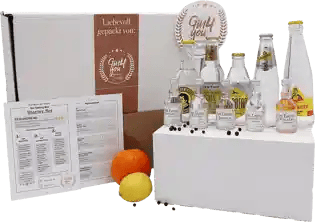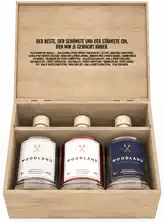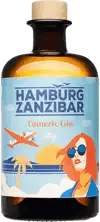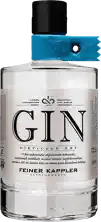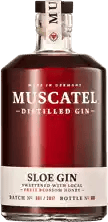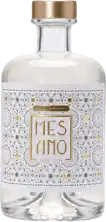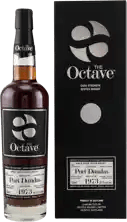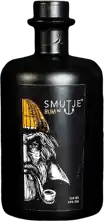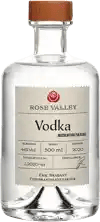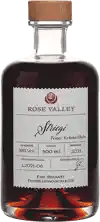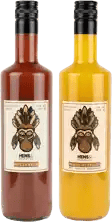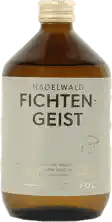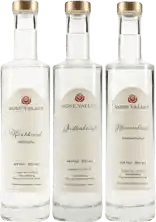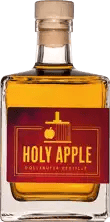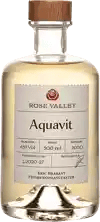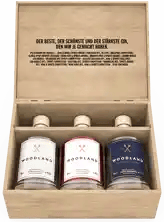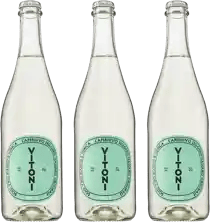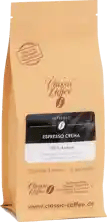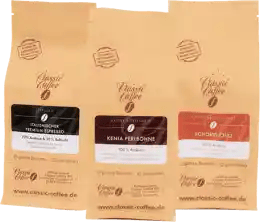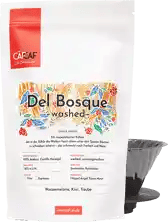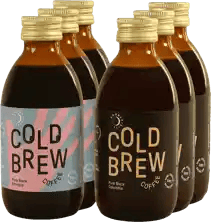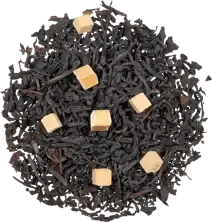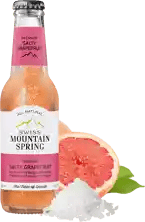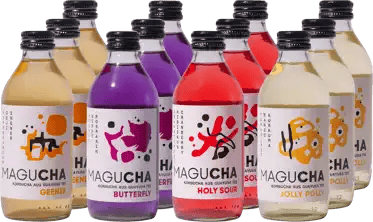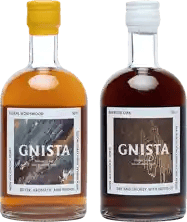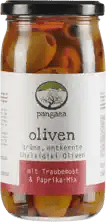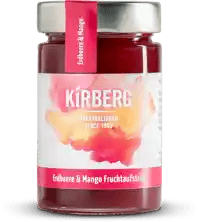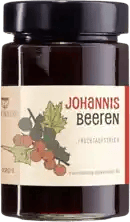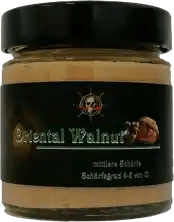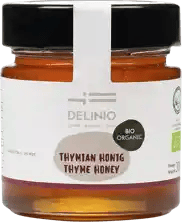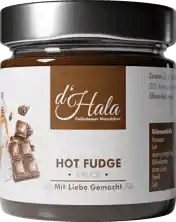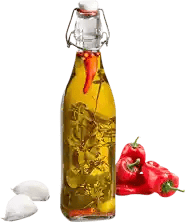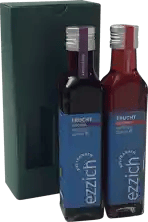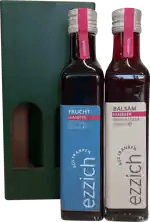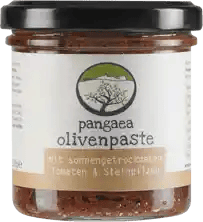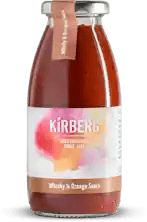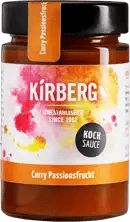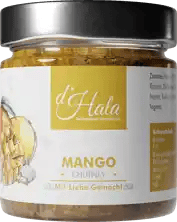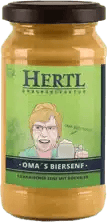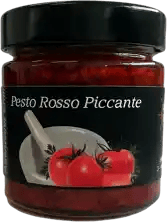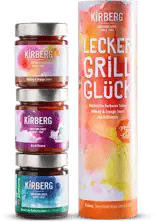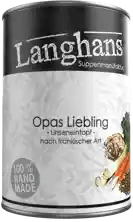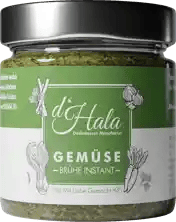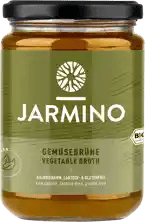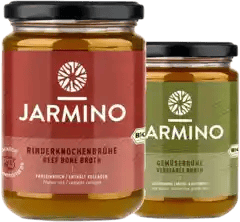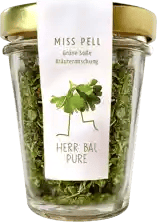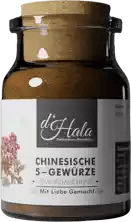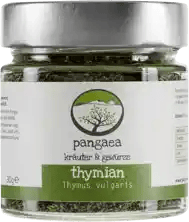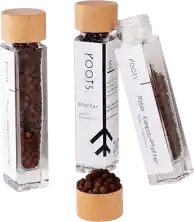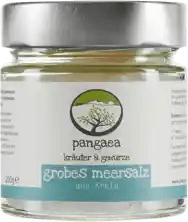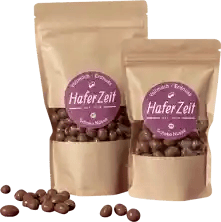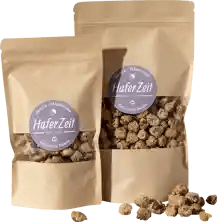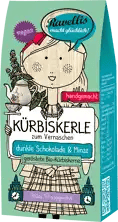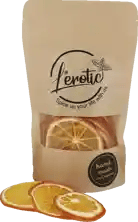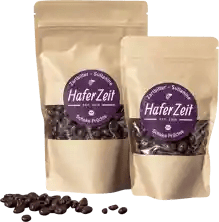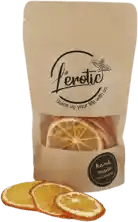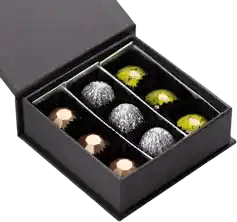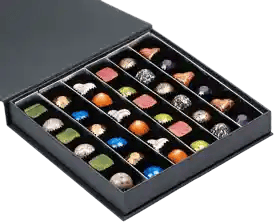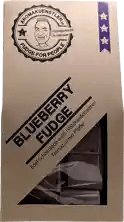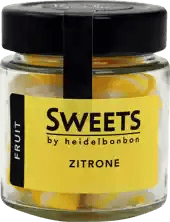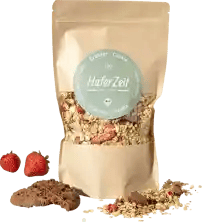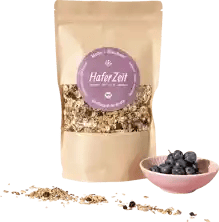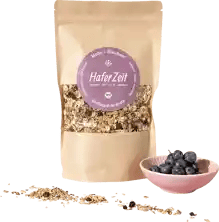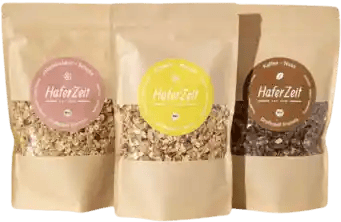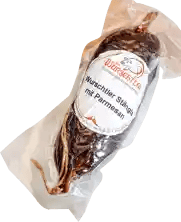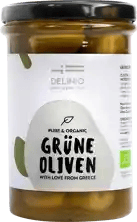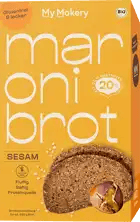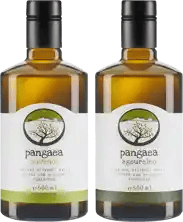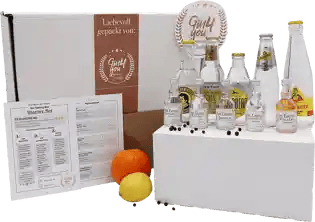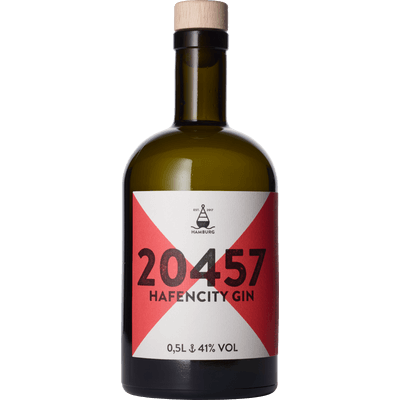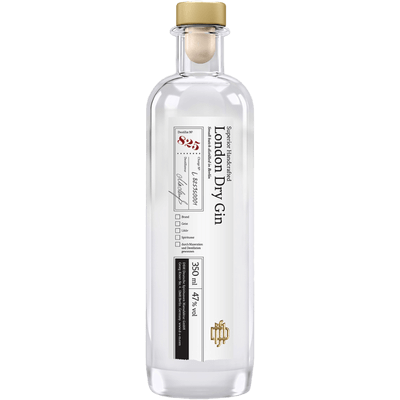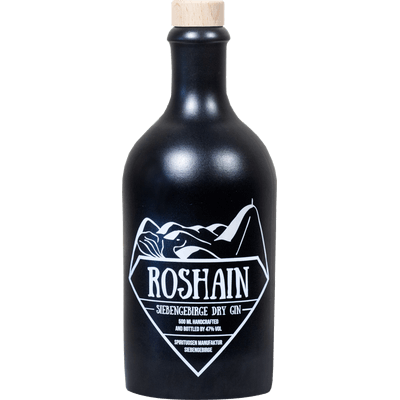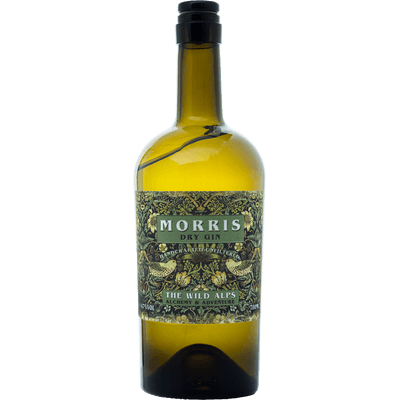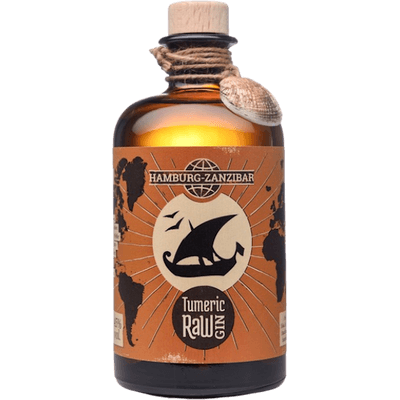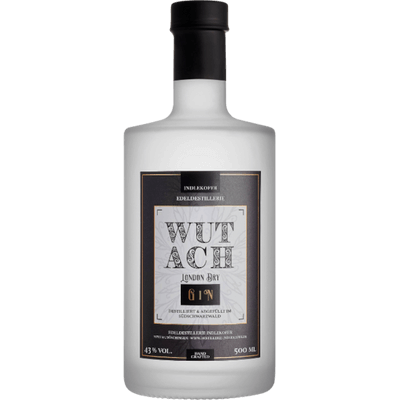Quality instead of quantity!
6,000 independent products
No mainstream
6.000 independent products
Gin Sour: The best and easiest recipe
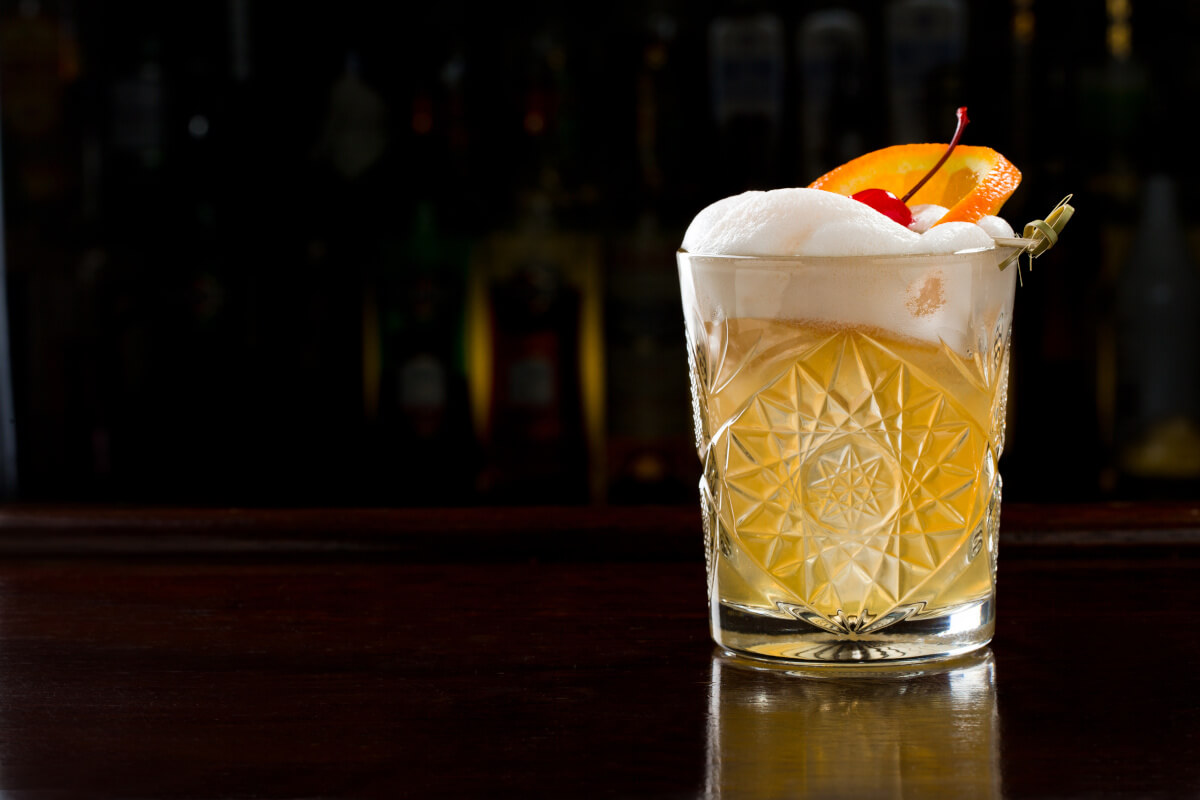
Gin Sour is very similar to the well-known Gin Fizz. However, as a sour, this cocktail is not infused with mineral water and is not served with ice cubes. Gin Sour is an absolute classic for real connoisseurs. We show you the simplest recipe for the classic Gin Sour and which gin is suitable for it.
Table of Contents
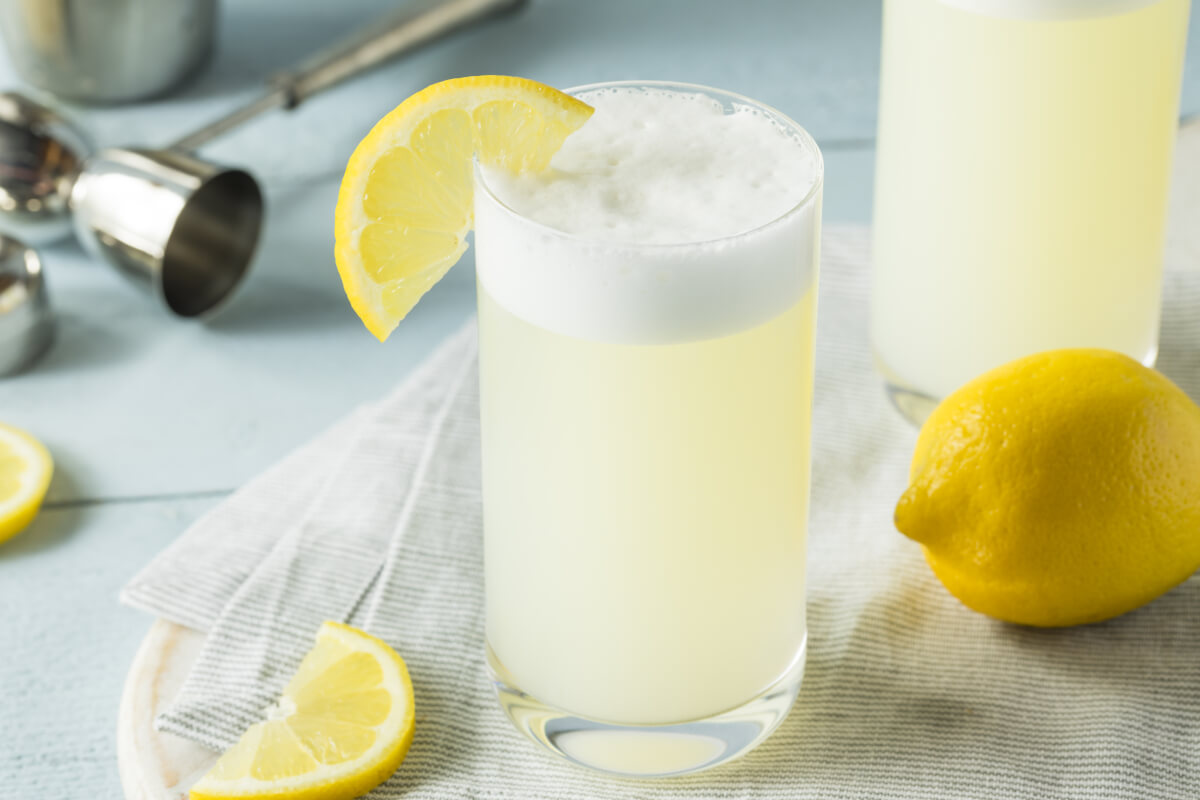
Gin Sour: The best and easiest recipe
As easy as the classic gin fizz recipe looks, it's just as easy to make. Of course, if you don't have fresh lemon, you can use a concentrate for once. You can easily boil sugar syrup on its own. If you don't have a shaker, just mix all the ingredients directly in the glass - so you have a Tom Collins.
Ingredients for the Gin Sour:
- 5cl gin
- 3cl freshly squeezed lemon juice
- 1cl sugar syrup
- 1 bar spoon powdered sugar (half teaspoon)
- Lots of ice cubes
Here's how you make the sour:
- Add gin, fresh lemon juice, sugar syrup, powdered sugar and ice cubes to shaker and shake well
- Strain into a glass (with the strainer of your shaker or a fine kitchen strainer)
- Garnish with a cherry
The Art of Mixing:
As with any cocktail, the exact amounts and ratios of ingredients matter for the Gin Sour. Especially because lemon juice and sugar syrup are so highly concentrated in their respective flavors (sour and sweet), and the smallest amounts will be noticeable. As a simple tip:
If you find the drink too sweet or too sour, try going up with the sugar syrup without using less lemon juice. Try 1.5cl or 2cl of sugar syrup.
Pro Tip:
If you've made your gin sour too strong and don't feel like refilling, just pour the sour with some sparkling water. Often, watering down the drink balances it out very well and you can easily save your sour.
Our recommendation for the Gin Sour:
20457 Hafencity Gin: The Hafencity Gin is by itself a very fruity gin, where the juniper is not in the foreground. Kaffir lime leaves and orange give it that fruity aroma. It is super suitable as a sour because it is very fresh and spicy in addition to the fruit flavors, making for a flavor spectacle. Order 20457 Hafencity Gin
London Dry Gin from Deutsche Spirituosen Manufaktur: With the gin from DSM, you can literally taste the quality. It is made with a potpourri of citrus fruits, almost leaving an aftertaste of nimm2 candy. With its distinct juniper notes, citrus and complexity, you get a fantastic gin sour. Order DSM London Dry Gin
What is so special about gin sours?
The gin sour belongs to the sours and is therefore part of a very well-known family of cocktails, all of which are made from spirits with lemon juice and sugar. The whisky sour is probably the best known of these. Sours are served without ice cubes so that the drink is not watered down and retains all of its original flavors. This also allows the gin to express itself much more strongly in the cocktail.
Is gin sour topped up with soda?
Many recipes say that the sour is topped up with a little mineral water at the end. In the original bar school, sours are no longer diluted with soda. If you top up the cocktail in the glass with soda, you have a gin fizz (which is also served with ice). Of course, there is nothing wrong with optimizing the drink with a little sparkling water and adapting it to the desired taste.
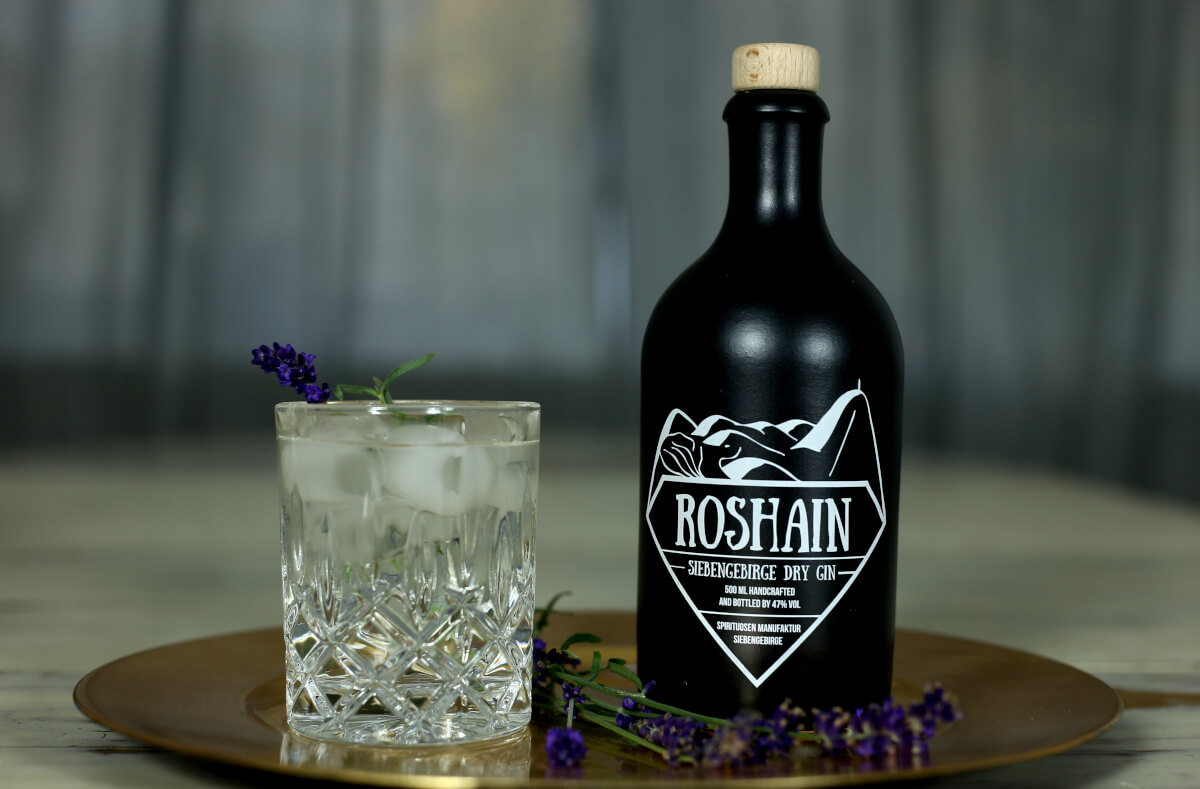
The spicy gin and tonic: the recipe with all kinds of spices
Ingredients for the spicy gin and tonic:
- 4cl gin
- 10cl tonic water
- Clove, star anise, cinnamon stick, fennel, coriander, thyme, rosemary, tarragon, lavender, allspice
- Lots of ice cubes
How to make a spicy gin and tonic:
We deliberately list a range of different herbs and spices and group them together under one gin and tonic variant. It is impossible to list every conceivable gin and tonic combination with the corresponding herbs and spices. It is much more important that you are aware of the variety of options you can play with in gin and tonic. This depends very much on the gin in question.
Follow the recipe instructions for our classic gin and tonic and add the appropriate ingredients of your choice. Try to limit the number of spices you use to refine your gin and tonic to two ingredients.
Our recommendation for the spicy gin and tonic:
Roshain Siebengebirge Dry Gin: The lead botanicals in this dry gin are lavender, clove and star anise. So feel free to garnish it with a few cloves and aniseed to enhance the delicious spicy and complex aroma. Order Roshain Siebengebirge Dry Gin
William Morris Dry Gin: In addition to juniper, this London Dry Gin is also made with galangal (a ginger plant), bitter orange and coriander. It tastes strong, complex, slightly peppery and bitter, but also has a pleasant citrus freshness. Refine it with coriander and allspice, for example. Alternatively with a slice of blood orange. Order William Morris Dry Gin
Tumeric Raw Gin: This is also a London Dry Gin and tastes primarily of turmeric, pepper and coriander. The other botanicals make it even more exciting: almonds, rosemary, cinnamon blossom, conifers, allspice and cardamom. You are spoiled for choice when it comes to refining. Order Tumeric Raw Gin
WUTACH London Dry Gin: In addition to juniper, the botanicals include star anise, pepper, cinnamon, lavender, citrus fruits and cubeb pepper. It therefore tastes strong, aniseed-accented, spicy and has a lovely citrus and lavender note. Refine the gin and tonic with a combination of cinnamon stick and star anise. Order WUTACH London Dry Gin
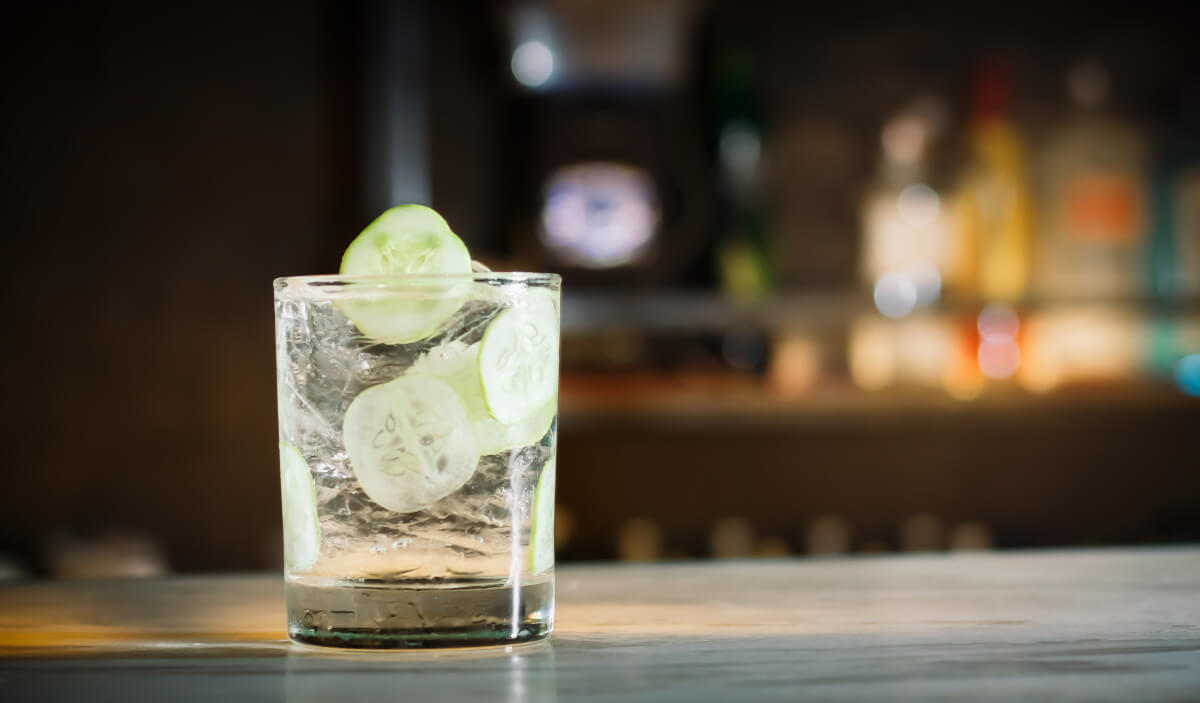
Gin and tonic with cucumber: The indispensable variant
Ingredients for the popular gin and tonic with cucumber:
- 4cl gin
- 10cl tonic water
- 2 slices of cucumber
- Many ice cubes
How to make it:
The gin hype and the famous cucumber in gin and tonic almost go hand in hand. The reason for this is Hendrick's Gin, to which the aroma of cucumber actually fits super.
Even if many gin fans are not big friends of the cucumber in the drink, the cucumber gives the drink an extraordinary freshness.
- To do this, cut a crisp, fresh cucumber into two slices and add them directly to the finished long drink. In the best case, store the cucumber in the refrigerator beforehand, so as not to bring heat into the drink.
- Try the cucumber in classic and fresh gins.
Which tonic goes with which gin?
Tonic waters can be divided into classic/neutral/bitter, lemony-fresh, fruity, spicy/tart and floral. Good tonic is highly carbonated and tastes natural, not chemical.
You can't go wrong with any gin and tonic recipe using popular brands such as Fever Tree, Thomas Henry or Schweppes Indian Tonic Water (from the small 0.2-liter bottle). Of course, the variety of tonics also makes our favorite long drink exciting. So if you get your hands on brands that are more difficult to obtain, such as Fentimans, Goldberg or Windspiel Tonic Water, then go for it and enjoy the new adventure.
The following table will help you find the right tonic water for your gin:
| Gin flavor | Suitable tonic water |
|---|---|
| Classic, juniper-heavy gins | Classic tonic water (Thomas Henry Tonic Water or Fever Tree Tonic Water) |
| Balanced gins (no focus on juniper or other botanicals) | Fruity or floral tonic waters (Thomas Henry Elderflower or 1724 Tonic Water) |
| Fruity and citrus-oriented gins |
Dry tonic water (Schweppes Dry Tonic or Fever Tree Naturally Light) |
| Herbal, spicy gins | Herbal, spicy tonic waters (Fentimans Herbal Tonic or Fever Tree Mediterranean Tonic Water) |
| Floral gins | Classic tonic water (Thomas Henry Tonic Water or Fever Tree Tonic Water) |
Which glass is suitable for gin and tonic?
The shortest answer to the question of the right gin and tonic glass: it doesn't matter. The only thing that matters is your own taste or style. Choose the glass that you like best for your gin and tonic or for serving to your guests.
There is no such thing as the "right" glass, but of course a certain style of glass has established itself across the board. Gin and tonic is a highball, which is why it looks particularly beautiful in a tumbler glass.
If you want to spruce up your home bar, keep an eye out for Nachtmann and Spiegelau glasses.
The history of gin and tonic
Tonic water gets its bitter taste from quinine. Quinine is found in the cinchona tree and originally comes from South America, not Asia. In regions such as Ecuador, where cinchona bark is found, its effects were certainly known to the original inhabitants for a long time. From a European perspective, the discovery probably began around the 17th century. Alexander von Humboldt was already interested in the effects of quinine. It is very likely that quinine has long been used to treat diseases such as malaria, as the active ingredient has been shown to have an antipyretic and analgesic effect.
The fact is, however, that the French chemists and pharmacists Pierre-Joseph Pelletier and Joseph Bienaimé were able to professionally isolate quinine from the plant in 1820 and commercialize its extraction. As a result, there were many suppliers in Europe who advertised and sold soda water containing quinine as a healing and invigorating agent. As a result, colonial troops always carried quinine tablets with them to protect themselves against malaria. This is particularly evident in a tonic that we still know today: Indian Tonic Water from Schweppes. British soldiers in India were always supposed to drink their quinine with water and perhaps lime juice. It was also the Schweppes tonic that used citric acid in the recipe because it dissolves quinine better.
Legends now abound about how the gin found its way into the tonic and vice versa. One widespread story is that tonic water contained a lot more quinine back then and was therefore very bitter. The British are therefore said to have mixed gin and tonic to improve the taste of the tonic. As gin has always been said to have healing properties due to the anti-inflammatory juniper (and of course the intoxicating alcohol), it is also possible that they simply wanted to mix themselves a super potion.
A third, very likely theory is that gin and tonic had long been consumed and enjoyed as a refreshing drink. It is possible that people quickly realized what a pair they were. A pair that still delights our taste buds today.
Go directly to the recipe variant
Similar recipes
Brilliant!

Bitte bestätige deine Anmeldung noch eben - du hast eine Bestätigungsmail von uns. Klicke darin auf den Link. Danach bekommst du deinen Rabattgutschein.

